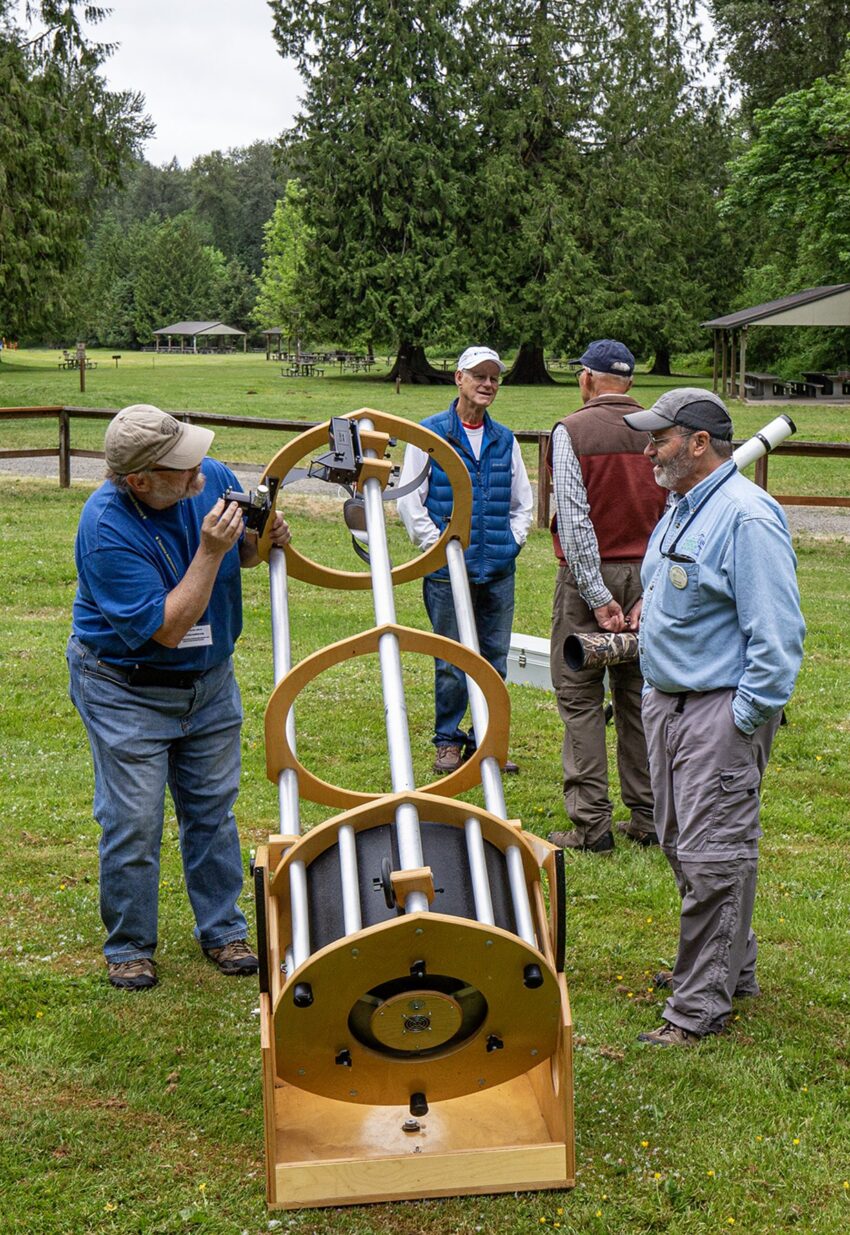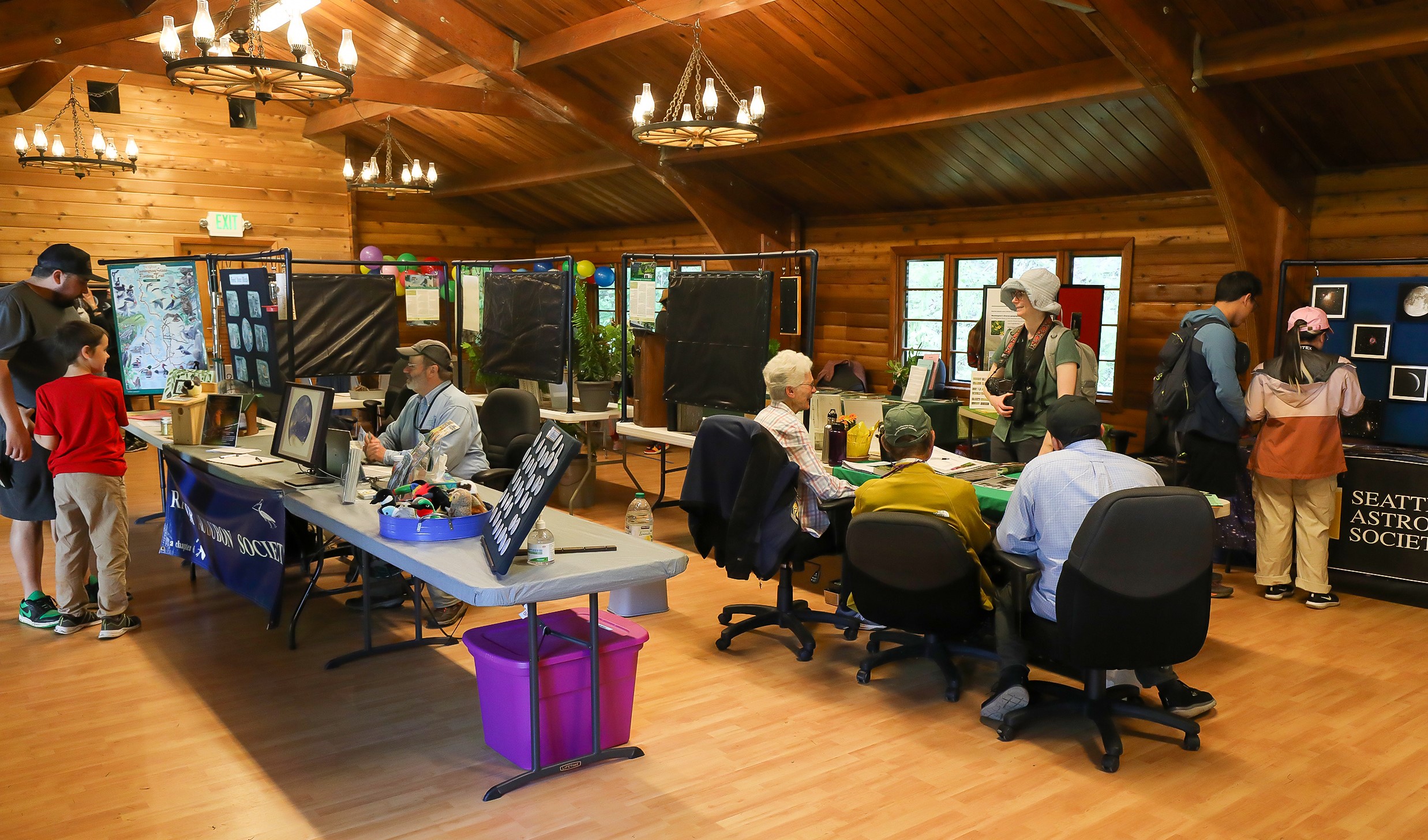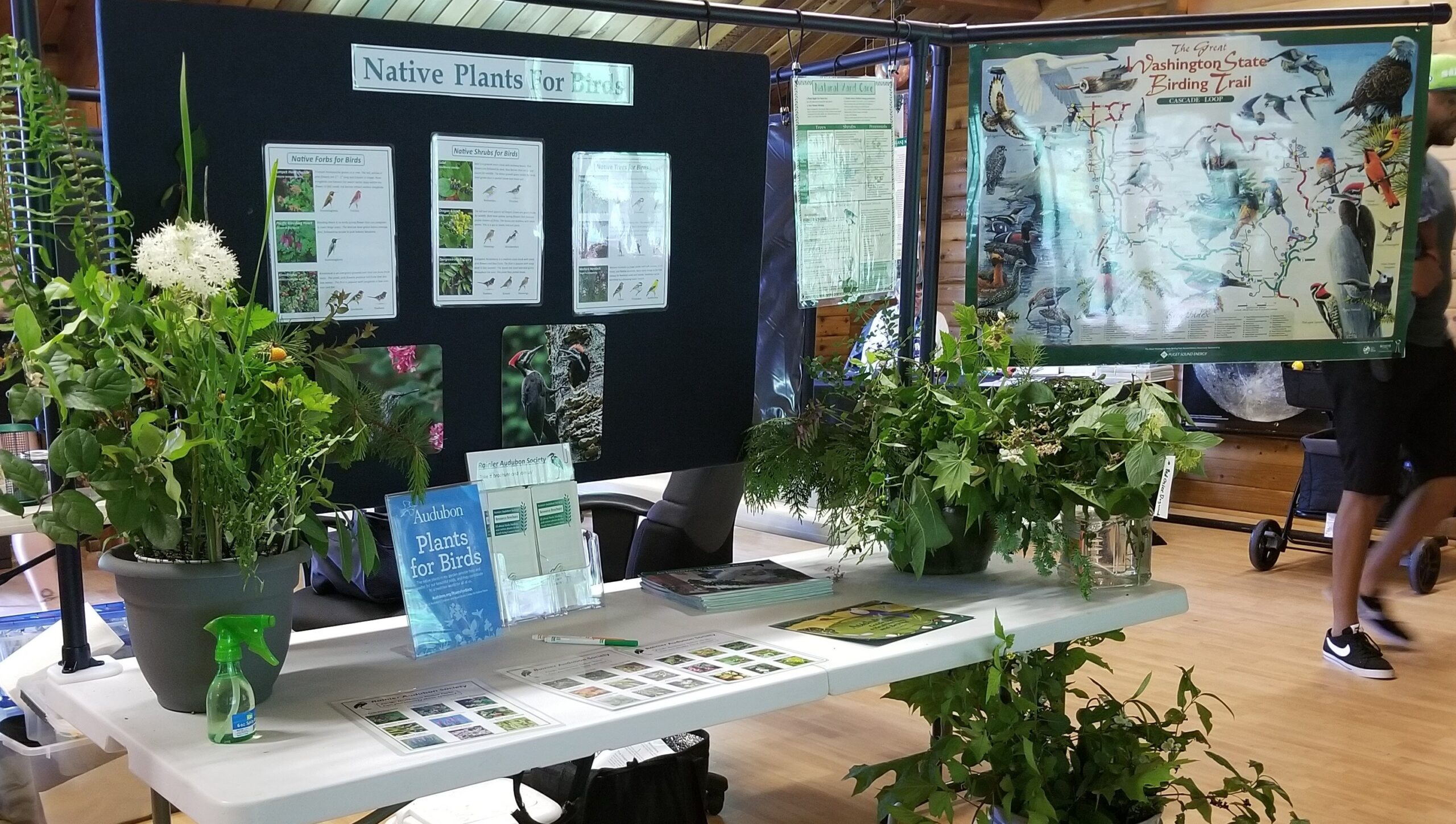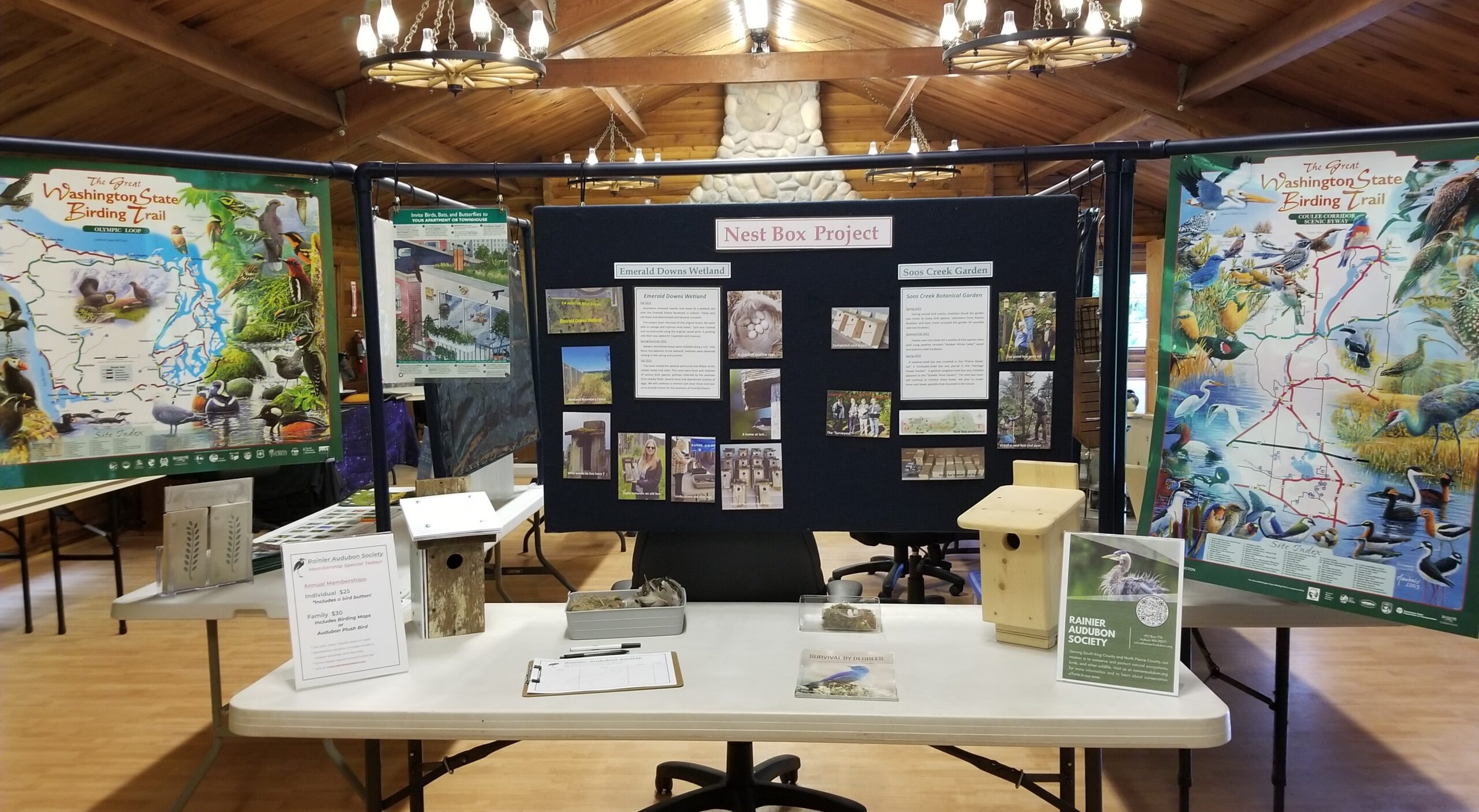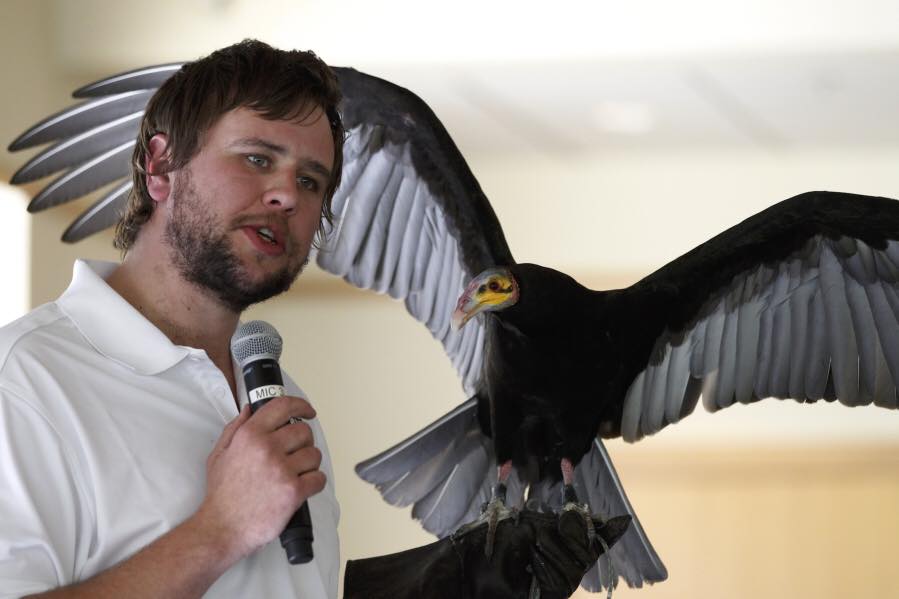
Mewsings from Millie – May 2025

(Reprinted with permission from the Burien Wild Birds Unlimited store.)
Hello and welcome back to my musings!Imagine a world with no flowers, fruit, coffee or chocolate. Sounds pretty dismal, doesn’t it? We have all of these wonderful things and more because of the work of pollinators.
Usually when you think of pollinators the honeybee pops into your head. However, many other insects and critters help with pollinating including birds, beetles, bats, wasps and even flies.
It is estimated that more than 1300 types of plants are grown around the world for food, beverages, medicines, condiments, spices and even fabric. Of these, about 75% are pollinated by animals. More than one of every three bites of food you eat or beverages you drink are due to the efforts of pollinators. I’d even bet there are ingredients in my cat food that needed to be pollinated.
Pollinators are vital to creating and maintaining the habitats and ecosystems that many animals rely on for food and shelter. Worldwide, over half the diet of fats and oils come from crops pollinated by animals. They facilitate the reproduction in 90% of the world’s flowering plants.
Among the most common native pollinators are ‘solitary bees’, so-called because they don’t live in hives or colonies like social Honeybees. Mason Bees and Carpenter Bees are in this group. Some solitary bees are less than an eighth of an inch long and are at least as busy as Honeybees, if not more so. They are often overlooked even though they pollinate valuable commercial crops such as strawberries. In recent years Mason Bees have become more and more popular with gardeners because they are easy to keep, non-aggressive, and they work like the dickens to pollinate flowers and fruit trees.
Some flies that pollinate are as small as the smallest solitary bee. They may resemble bees since both have that are transparent and membranous, but flies bear only two winds while bees have four. Flies visit flowers in search of sweet nectar. While lapping the nectar up they pick up a little pollen and transfer it to the next flower they visit.
One group of pollinators that is often forgotten is the wasps. Wasps will go from flower to flower, crawling around on flower heads, consuming nectar and collecting pollen. Some pollinating wasps are as small as the miniature flies and solitary bees.
Another important pollinating group is the beetles. There are more beetles in the world than any other insect group with more than 750,000 species and counting. There are large beetles and tiny beetles that look like black specks on flowers. The beetles stumble about in the blossoms bumping up against stamens that deposit sticky pollen on various beetle parts.
Many adult butterflies are important pollinators. They will flit from flower to flower looking for tasty sugary snacks, all the while collecting and depositing pollen.
During the night, nocturnal moths and bats will be hard at work pollinating night-blooming flowers in the desert regions of the southwestern US and Mexico. One bat has an elongated snout that is perfect for probing the flowers of a particular tropical tree. Just imagine your cereal, smoothie or peanut butter sandwich being banana-less if it weren’t for Musonycteris harrisonii, or the Banana Bat!
Another important and popular pollinator is the hummingbird. Hummingbirds visit all sorts of native and imported flowers in search of nectar. Their long, thin bills are perfectly adapted to tubular flowers like honeysuckle. If you look closely, you may see a hummer with a smear of white or yellow pollen on its forehead or bill.
What can you do to help our pollinators? Provide a diverse assortment of flowering plants and plant and maintain native plants, shrubs and trees in your yard. In addition, and more importantly, look for alternative, organic ways to discourage pests and diseases before reaching for a pesticide. You can make a positive difference for our hardworking pollinators.
Until next time,Millie, the Muse of Mews

